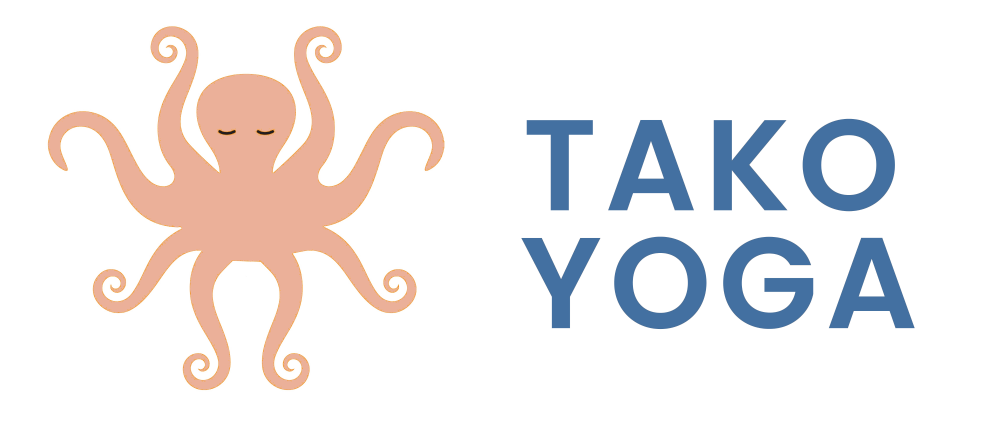
What does it mean to “root to rise” to you? I was talking to a friend today and the first thing she associated with the phrase is that ubiquitous cue we hear when teachers bring students back up to standing from uttanasana (forward fold). Because that cue is so commonly given by itself in that context, it made me think that some students might just think this cue refers to this specific transition, rather than how to execute the transition.
There is a lot more to this concept of rooting to rise than just moving the body upward, but at its essence, I guess that’s what we’re talking about, right? From an anatomical standpoint, there’s a pressing down through the feet to create an opposite and equal effect of the torso unfolding and moving up in space. But what does it mean and how can this idea of rooting to rise support our yoga practice?
Pada Bandha as a Root
For me a central piece of wisdom around rooting to rise is that an intentionally set, powerful foundation is helpful in building anything above it. This isn’t just in yoga, right? It can be the foundation for a house, it can be the mission statement for an organization. It’s also an essential aspect of pedagogy – where knowledge and skill acquisition depends on the foundational learning that precedes it.
In the physical practice of vinyasa flow yoga, the Pada Bandha, or foot lock, is our connection with the floor for standing poses. With myriad muscles activated in the foot, the arch lifts and we create very intentional (and bony!) points of contact (the heel and the bases of the big and pinky toes). If you’ve ever tried to stand up in an inflatable jumpy house at a child’s birthday party, you know how firm surfaces make for easier balance! The Pada Bandha is the root of our movement practice. Without it, standing balance poses, such as bird of paradise, are way harder!
The muscular actions of Pada Bandha cascade all the way up the legs into the hips, because everything in our body is interconnected. The muscular engagement is not limited to the foot, but has ramifications much higher in the body, affecting our posture, and therefore our ability to maintain shapes soundly throughout the body.
How does the idea of “Root to Rise” influence your practice on or off the mat?
